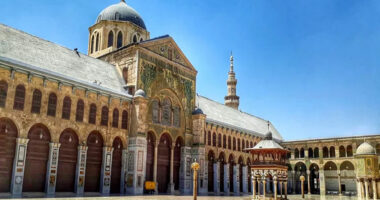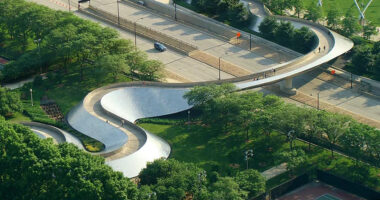As cities grapple with the challenges of climate crisis and rapid urbanization, a fundamental question arises: What defines the essence of a city, and how should it evolve in response to contemporary needs? In a world where change is inevitable, some advocate for preserving every aspect of urban identity, while others seek a balance between tradition and innovation. Urban planner Brent Toderian recently delved into this discussion, prompting reflections on the future of urban development.

Understanding Context and Character
Charles Wolfe, a former environmental lawyer turned urbanist, offers insights into this debate in his latest book, “Sustaining a City’s Culture and Character,” co-authored with Tigran Haas. Emphasizing the importance of culture and character over mere physical structures, Wolfe explores how cities can honor their traditional identity while embracing necessary transformations.
Moving Beyond Prescriptive Solutions
Wolfe challenges the prevailing discourse dominated by smart-city initiatives and placemaking strategies, advocating instead for “context cities.” Rejecting one-size-fits-all approaches, he introduces the concept of context keys—familiarity, congruity, and integrity—to guide urban dialogues on density, beauty, affordability, and climate change.
Embracing Complexity: The LEARN Approach
While Wolfe’s LEARN tool offers a systematic framework for studying urban culture and character, its technical aspects may be daunting. Nonetheless, its essence lies in promoting engagement, assessment, and negotiation, facilitating nuanced discussions on the complexities of urban development.
Redefining Preservation and Progress
Contrary to romanticizing the past, Wolfe’s vision transcends nostalgia, focusing on understanding and valuing the elements that contribute to a desirable urban environment. This entails acknowledging the need for adaptation and innovation while preserving the essence of place.
Embodying Diversity: The Case of a French Trailer Park
Highlighting diverse examples, including a trailer park in France, Wolfe underscores the importance of nurturing community and fostering a sense of pride in place. Such spaces blend practicality with personality, offering insights into sustainable, inclusive urban living.
Engaging with Contemporary Urban Challenges
In today’s digital age, urbanists grapple with multifaceted issues—from mobility and sustainability to heritage preservation and zoning regulations. Wolfe’s work serves as a catalyst for ongoing conversations, providing a framework for navigating the complexities of urban development in a rapidly changing world.
Toward a Balanced Urban Future
Wolfe’s perspective transcends binary notions of old versus new, advocating for a synthesis of the familiar and the innovative. By embracing the poetic and the empirical, the artistic and the technological, cities can cultivate a rich tapestry of culture and character that resonates with residents and visitors alike.
Conclusion: A Vision for Livable, Resilient Cities
In reimagining urban development, Wolfe offers a vision of cities that honor their past while embracing the imperatives of the present and future. By prioritizing context and character, cities can evolve into vibrant, inclusive spaces that reflect the diverse needs and aspirations of their inhabitants. In this era of rapid urbanization and environmental uncertainty, the concept of context cities emerges as a beacon of hope—a blueprint for creating livable, resilient urban environments that endure and inspire for generations to come.










